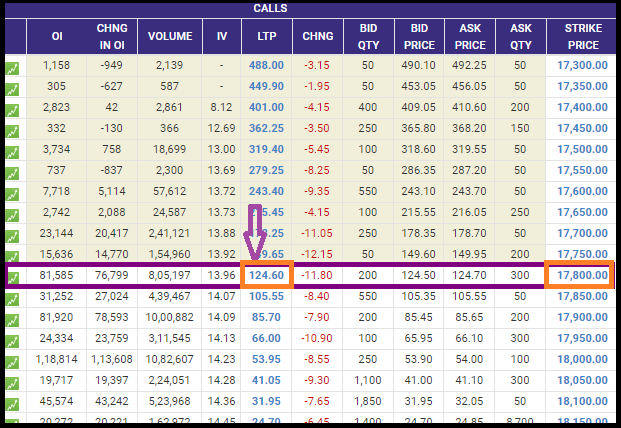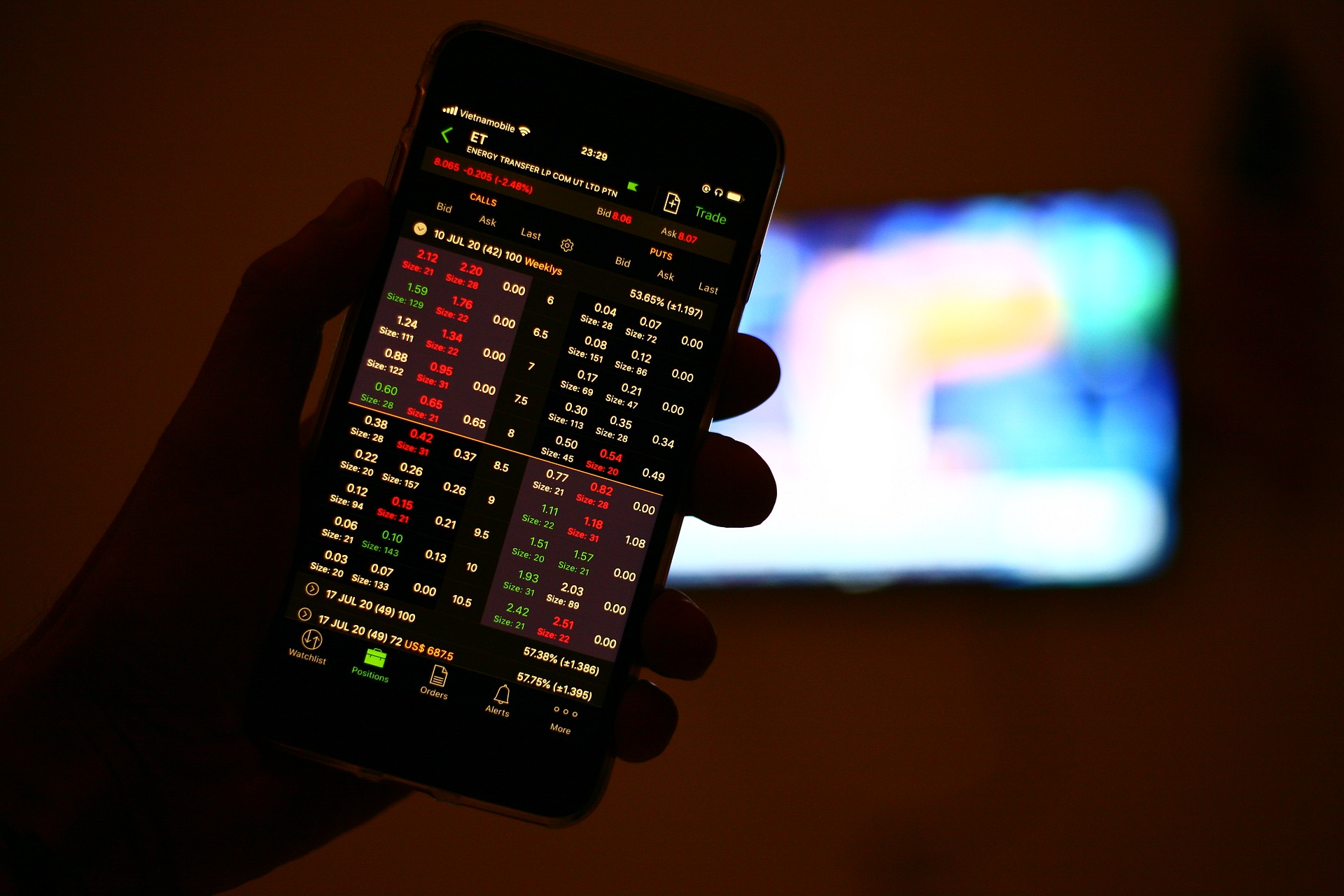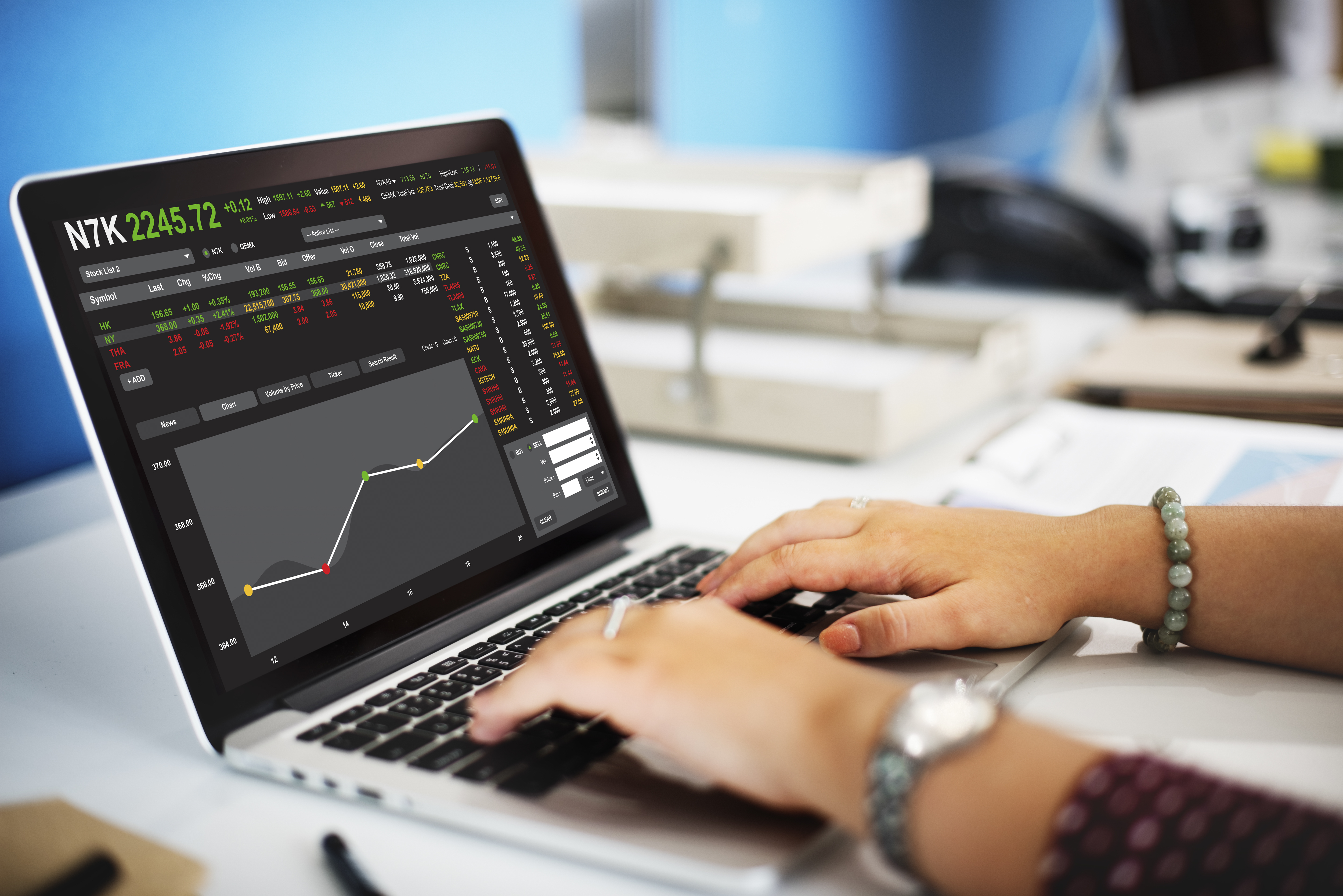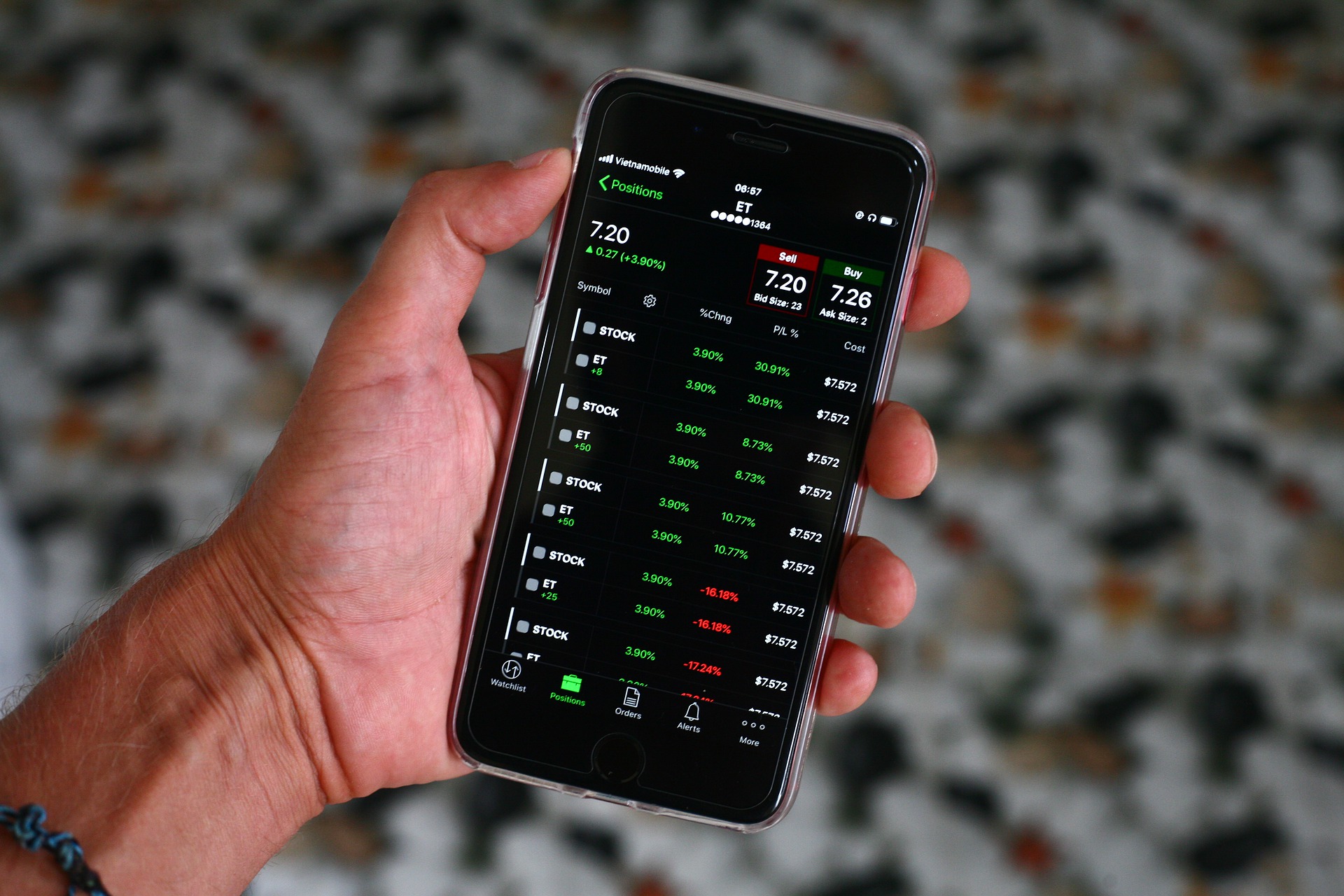A call option gives buyer the right but not obligation to buy a particular option at a particular price before or on expiry. Since it comes with certain benefits and hence most of the traders are attracted to its huge gains. But wait! do you have an idea of how call option works?
If not! then this can result in huge losses.
Since call option trade involves buyer and seller, hence it is always recommended for the options trader to begin smartly and for this, it is important to have complete knowledge and understanding.
To give you a kick start here is the complete information on how does a call option work in India?
How to do Option Trading?
As already known that there are two types of participants in the call option, buyer and seller. A buyer is a person who pays a premium to the trade call option and gets the right but not obligation to exercise it on or before the option expiry day.
On the other hand, a call option seller or call option writer is the person who writes a contract and gets the premium to sell the contract at a particular strike price.
How to Buy Call Option?
Now, what is the primary objective of the call option buyer?
Ofcourse to make maximum profit!
This is possible if you pick the right strike price, which again depends upon the different factors discussed below:
1. Expiry Date
Option Expiry plays a vital role in defining a profit. Wondering How?
Now as already known that for the option buyer, the profit is limitless but at loss is limited to the premium he or she pays to buy the option contract.
In options, there is a concept called time decay which directly affects the value of the options contract, this is because, with time the value of the option premium decreases, thus you need to pay less to buy the call option at the same strike price as a few days or months back.
However, near-the-expiry options have high theta that depreciates its value faster than far-expiry option contracts. The declining time value is one of the major reasons of why option buyers lose money in the market?
For example, the premium for Nifty 17,500 CE for different expiry dates is given in the table below:
Nifty CE 17500 Expiry Date Premium 13 Jan 2022 ₹149 20 Jan 2022 ₹226 27 Jan 2022 ₹289
Thus, for paying the same option you have to pay more because of more days left between buying a call option and the expiry date.
Here if you are a risk-taker then choosing the nearest expiry date can give you the chance to earn more or in reducing the losses.
2. Open Interest
Before explaining the concept of open interest in options, let’s consider a situation where you open a book shop in the cloth market.
Can you expect it is easier for you to sell your product?
Ofcourse not! This is because of the least demand of books in cloth market.
Similarly, when you are buying a call option contract, it is important for you to check the demand of the underlying asset in the secondary market.
In all, you need to check the aggressiveness of traders and for this, it becomes important for you to check the Open Interest value of the option contract at the particular strike price. For this, you can also use PCR in option chain and can use it to determine sellers’ behavior.
For example, a PCR value of more than 1 indicates put seller aggressiveness while less than 1 gives an indication of call option seller aggressive trades. This is overall helps in determining the potential reversal or strength of the trend.
Choosing the strike price with the least or zero OI makes no sense as you would not be able to find its much demand in the market.
Let’s check the Open Interest of Nifty 13 Jan 2022 for different strike prices:
Open Interest for Different Strike Price Strike Price Open Interest Change in OI ₹17500 3,734 758 ₹17750 15,636 14,770 ₹18000 1,18,814 1,13,608
Now which strike price can give you the chance to earn profit?
Here if you have a higher risk appetite then choosing the strike price of ₹18,000 not only reduces the premium value but also increases the chance to exit the position easily because of higher OI and hence high demand.
However, the high OI value does not indicate the volatility or whether the price will increase or decrease. Simply, higher demand for the options contract does not mean that the traders are in the right direction in choosing the strike price.
Along with this, the table above, tells you the data of change in OI. This data again tells you about significant changes in the traders or the number of contracts being traded in the options market.
Again the strike price of ₹18,000 has the highest OI change thus it depicts that the demand of the contract at the mentioned strike price.
3. Volume
After OI the next important aspect is the volume of the call option at a particular strike price. Here the value of volume depicts the number of contracts traded in the given period of time.
Now volume alone does not tell anything about the option contract or strike price. So how to choose the right price to buy a call option.
For this, you have to check for the past volume data, average historical information or you can compare another options contract, trading at a similar kind of strike price and value.
Also, you can use volume-price as an indicator to buy a call option contract.
Generally, the increase in volume accompanied by the increase in price gives a bullish signal. On the other hand, a high price with low volume gives a signal to be cautious in the bullish market.
Decreasing volume along with the decreasing price is a strong bearish signal.
This is how you can use volume as an indicator to trade a particular option contract.
You can use the option chain to analyze the volume of contracts traded at a particular strike price in a particular time frame.
4. Implied Volatility
Although implied volatility is the data that says a lot about the premium of the option contract and hence is more useful for option sellers, here option buyers should also consider making a decision of trading an option contract.
Now how it can impact your trade, for this it is important to look at the value.
A strike price with high implied volatility depicts the high value of options contracts, i.e. high premium which is unfavorable for buyers.
So, it is another major parameter that one must consider while buying an option contract in order to avoid paying more for the options contract that costs more.
5. Intrinsic Value of Option
Now after considering all the other factors, comes the major parameter of checking the intrinsic value.
It is the value you will get if you exercise any option contract today.
Considering the same option chain of Nifty 13 Jan 2022 CE let’s find the intrinsic value of the contract at different strike prices.
Intrinsic Value of Nifty at Different Strike Price Spot Price Strike Price Intrinsic Value ₹17,767 ₹17500 ₹267 ₹17750 ₹17 ₹18000 0
As already known intrinsic value for the call option is spot price minus strike price and can never be negative hence for strike price more than spot price intrinsic value is 0 and is thus out-of-the-money call option.
On the other hand, positive intrinsic value depicts an in-the-money call option where you need to pay a higher premium.
More the positive value, the higher will be the premium, and hence there is a chance of loss in trade. But to hedge risk, most of the traders opt for an in-the-money option contract and thus many times end up losing the premium they pay.
How to Sell a Call Option?
In options trading, the profit of the option writers is a limited premium while the loss is unlimited.
So what becomes the reason to lose a trade for an option buyer, becomes an opportunity for the option writers to earn profit. Here the parameter that works in favor of the buyer is unfavorable for the call option writer.
To give a brief on the same,
- The option writer selling the week or fortnight option contract has more chances to earn profit through premium in comparison to the one selling the month options contract.
- Implied Volatility, as discussed above, depicts the value of an options contract. Here call option writer, writing a contract for higher IV value can gain more.
- Last comes the intrinsic value, most of the time, the out-of-the-money option contract makes it favorable for a writer to earn profit.
How Call Option Works With Example?
To understand how the call option works, it is important to consider a call option example. For this let’s consider the case study where the Nifty is trading at ₹17,767.

Let’s say Mr. A is bullish on the Nifty index and analyzing different aspects like OI, Last Traded Price, etc, he buys a call option at ₹17,800 expiring after 1 week by paying the premium of ₹124.60.
Here the breakeven point for the contract would be ₹17,924, this means that Mr. A would be able to earn profit only when the price of the index crosses the value of ₹17,924.
Now there are three cases illustrated in the table below:
How Call Option Works Strike Price Premium Price on Exercise Day Profit or Loss ₹17,800 ₹124 ₹17562 ₹124 ₹17800 ₹124 ₹18000 ₹76
Now the lot size of Nifty is 50 and let’s say Mr. A buys 10 lots by paying the premium of ₹1,240. Here if the option expires in his favor, then the total profit is equal to ₹38000.
Let’s now consider the profit and loss of the Call option writer. In the above case, the option writer who has sold the option at ₹17,800 would be able to earn money in the cases where the option expires at ₹17,562 and ₹17,800.
This is how the call option works for option buyers and sellers in the stock market.
Conclusion
A call option can work for the trader to hedge risk, at the same time, there is some risk involved. It is therefore important for you to consider all the parameters discussed above in order to generate maximum profit as an option buyer or writer.
To clear the basics of options trading and to trade in it like a PRO learn derivatives.
For this you can consider taking a Stock market course now.
Before investing capital, invest your time in learning Stock Market.
Fill in the basic details below and a callback will be arranged for more information:









